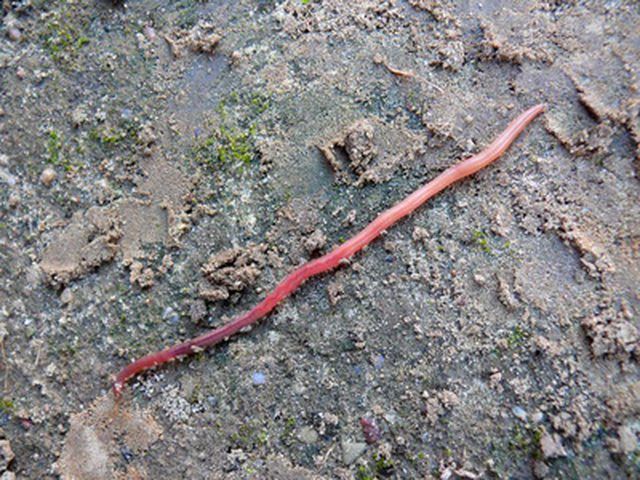Bulbs
Flower Basics
Flower Beds & Specialty Gardens
Flower Garden
Garden Furniture
Garden Gnomes
Garden Seeds
Garden Sheds
Garden Statues
Garden Tools & Supplies
Gardening Basics
Green & Organic
Groundcovers & Vines
Growing Annuals
Growing Basil
Growing Beans
Growing Berries
Growing Blueberries
Growing Cactus
Growing Corn
Growing Cotton
Growing Edibles
Growing Flowers
Growing Garlic
Growing Grapes
Growing Grass
Growing Herbs
Growing Jasmine
Growing Mint
Growing Mushrooms
Orchids
Growing Peanuts
Growing Perennials
Growing Plants
Growing Rosemary
Growing Roses
Growing Strawberries
Growing Sunflowers
Growing Thyme
Growing Tomatoes
Growing Tulips
Growing Vegetables
Herb Basics
Herb Garden
Indoor Growing
Landscaping Basics
Landscaping Patios
Landscaping Plants
Landscaping Shrubs
Landscaping Trees
Landscaping Walks & Pathways
Lawn Basics
Lawn Maintenance
Lawn Mowers
Lawn Ornaments
Lawn Planting
Lawn Tools
Outdoor Growing
Overall Landscape Planning
Pests, Weeds & Problems
Plant Basics
Rock Garden
Rose Garden
Shrubs
Soil
Specialty Gardens
Trees
Vegetable Garden
Yard Maintenance
Information on Red Wiggler Worms
Information on Red Wiggler Worms. Red wiggler worms, also known as redworms, manure worms and compost worms are very important to the planet's well being. They aid in the digestion of the earth’s soil by breaking down material in the dirt. These worms are typical earthworms called an annelids or "ringed" species, meaning that their...

Red wiggler worms, also known as redworms, manure worms and compost worms are very important to the planet's well being. They aid in the digestion of the earthís soil by breaking down material in the dirt. These worms are typical earthworms called an annelids or "ringed" species, meaning that their bodies are segmented on the outside and inside. In addition to providing compost, red wigglers are popular species used as fishing bait and for feeding larger animals, such as reptiles and birds.
Composters
Red wiggler worms or eisenia foetida are composters. These worms live in the top 12 inches of soil, and eat bacteria from decaying organic material turning it into nutrients for the soil called humus. Composting with red wigglers is beneficial and can reduce household waste, provide free soil enhancer, reduce the amount of electricity used when operating a garbage disposal and spawn more worms for fishing and feeding.
Vermicomposting
Red wiggler worms are particularly useful for urban composters, since they can be placed in a compost bin and kept indoors. After laying a moist bed of moss or shavings, food waste is placed on top of the bed for the worms to eat. Mary Appelhof, author of "The Worms Ate My Garbage," suggests weighing the food you could compost for one week. Provide one square foot of surface area per pound of food for your worms. Applehof gives a ratio of one pound of worms per day of food waste.
Reproduction of Red Worms
It takes 8 to 10 weeks for a worm to reach sexual maturity. Red wigglers are asexual, meaning they have both male and female reproductive organs. Once a worm has formed a clitellum or a red band around its body, it can breed. Two worms will lay together and form the clitella around both of their bodies and secrete sperm. Once this is completed they will slide out of the band of clitella and go about their lives. Then the clitella secretes another chemical called albumin. The albumin forms a cocoon around the worm eggs and fertilizes them. A red worm cocoon is the size of a grape seed and will change color as it ages; when the cocoon is a deep red color youíll know that your worms are about to hatch.
Red Worm Environment
If you are keeping worms as bait or feed, a simple chicken mash is a good source of nutrients for them. It is important that the worms you feed your birds or reptiles are well fed themselves, as this will aid in providing nutrients to your pets. If you are composting you can add fruit and vegetable peels, coffee grounds, egg shells and tea bags. However, meat and dairy products often rot and smell bad (attracting rodents) and it is recommended by cityfarmer.org to avoid adding those products to your compost. Red worms thrive at 70 to 75 degrees Fahrenheit; however, they can tolerate colder conditions. A bed of peat moss, shredded cardboard or dead plant matter must be laid down as a home for the worms. Never mix your food waste into the bedding, this will cause illness in the worms and death.
Worms as Business
Raising red worms can be a good way to supplement income and work from home. The environment needed to do this is adaptable and can be done in anything from a warehouse to a basement. They are easy to grow and it can be a family project. If your worms are well cared for they will pay off by multiplying. One-thousand mature red worms can become 500,000 within a year. Be careful not to sell off your breeder worms during the first season. One way to make sure that you donít sell breeders is to set up a "propagation box" in which the breeders will multiply. A few months later you can transfer the new young worms to a different container.